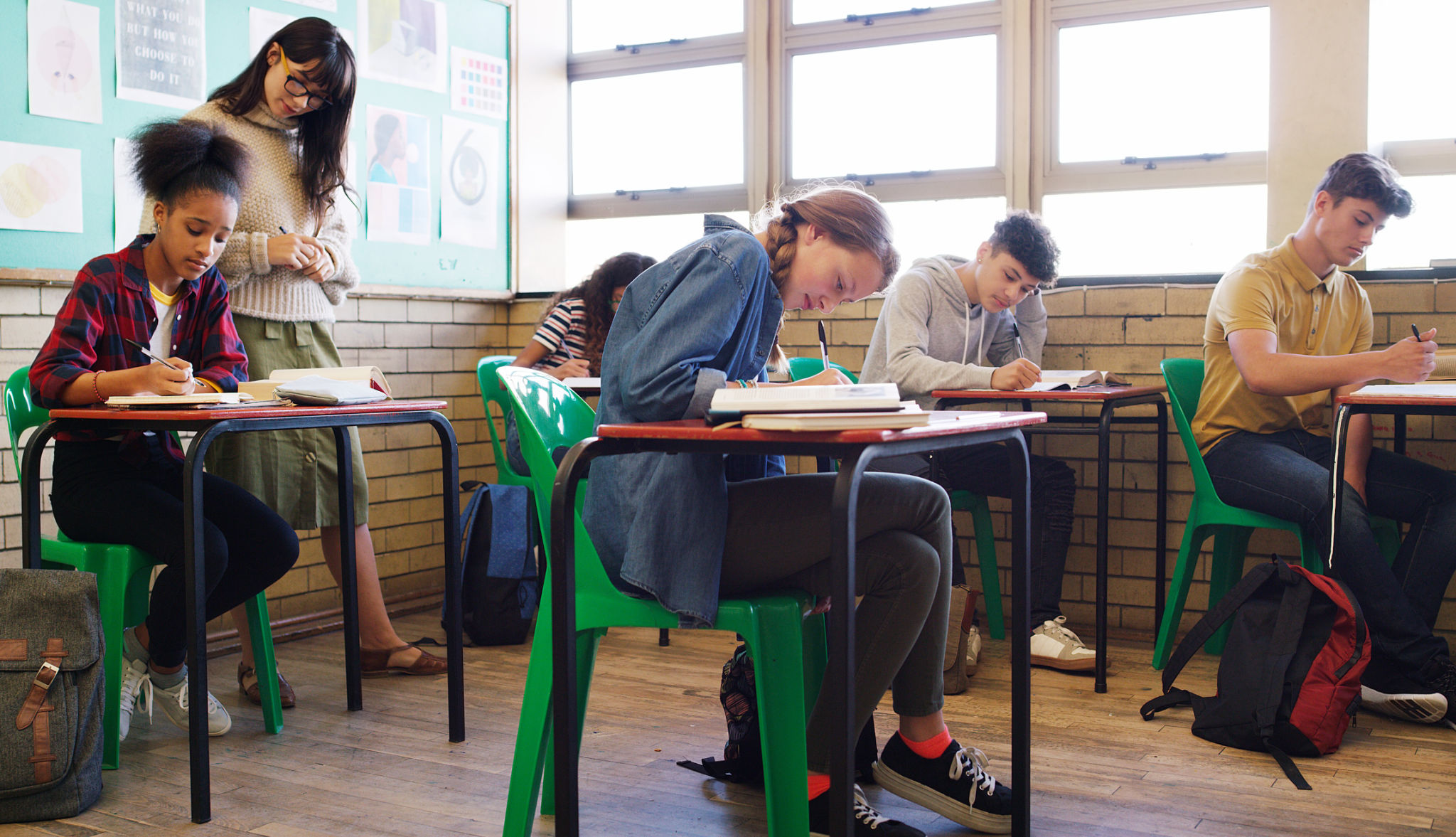Innovative Teaching Methods for Modern Classrooms
Embracing Innovation in Education
In today's fast-paced world, the traditional methods of teaching are evolving to meet the demands of a new generation of learners. Modern classrooms are embracing innovative teaching methods that not only engage students but also enhance their learning experience. With technology at the forefront, educators are finding creative ways to integrate it into their teaching strategies.

Technology-Driven Learning
The integration of technology in classrooms has transformed the way students learn. Interactive whiteboards, tablets, and educational software allow for a more engaging and interactive experience. These tools provide instant access to a wealth of information, enabling students to explore topics in depth. Moreover, technology facilitates personalized learning, where students can learn at their own pace with tailored resources.
One of the most significant innovations is the use of virtual and augmented reality. These technologies provide immersive experiences that can transport students to different times and places, making history and science lessons come alive. This hands-on approach helps students better understand complex concepts and retain information more effectively.
Collaborative Learning Environments
Collaboration is a crucial skill in the modern world, and innovative teaching methods are emphasizing group work and teamwork. By creating collaborative learning environments, teachers encourage students to work together, share ideas, and solve problems collectively. This approach not only enhances social skills but also fosters creativity and critical thinking.

Project-based learning is a popular method that involves students in real-world projects. This approach allows learners to apply their knowledge to practical situations, enhancing their problem-solving skills. Additionally, it provides opportunities for students to work in teams, mirroring workplace environments and preparing them for future careers.
Flipped Classroom Model
The flipped classroom model is an innovative teaching strategy that reverses the traditional learning environment. In this model, students are introduced to content at home through videos or reading materials and then apply their knowledge in the classroom through interactive activities. This approach allows teachers to dedicate more time to hands-on learning and personalized support.
This method encourages active learning and improves student engagement by allowing them to explore topics before class discussions. It also empowers students to take charge of their learning, as they come to class prepared with questions and ideas for deeper exploration.

Gamification in Education
Gamification is another innovative approach that leverages the principles of game design in educational settings. By incorporating elements such as points, levels, and rewards, teachers can motivate students to participate actively in their learning process. This method has been shown to increase engagement and make learning more enjoyable.
Educational games can be used across various subjects to reinforce concepts and skills. They provide instant feedback and a safe environment for trial and error, promoting a growth mindset among students. Gamification also encourages healthy competition among peers, driving them to achieve higher goals.
Conclusion
Innovative teaching methods are reshaping modern classrooms by making learning more interactive, engaging, and effective. By embracing technology, collaborative environments, flipped classrooms, and gamification, educators are preparing students for the challenges of the future. As these methods continue to evolve, they hold the promise of transforming education and equipping learners with the skills they need for success in the 21st century.